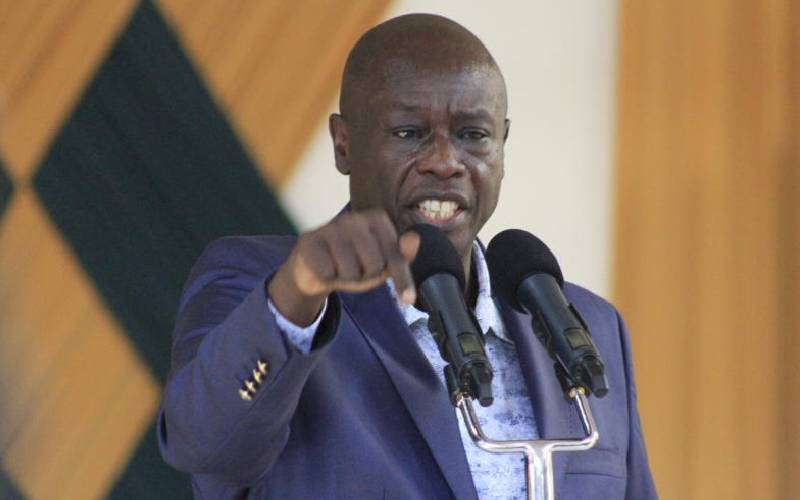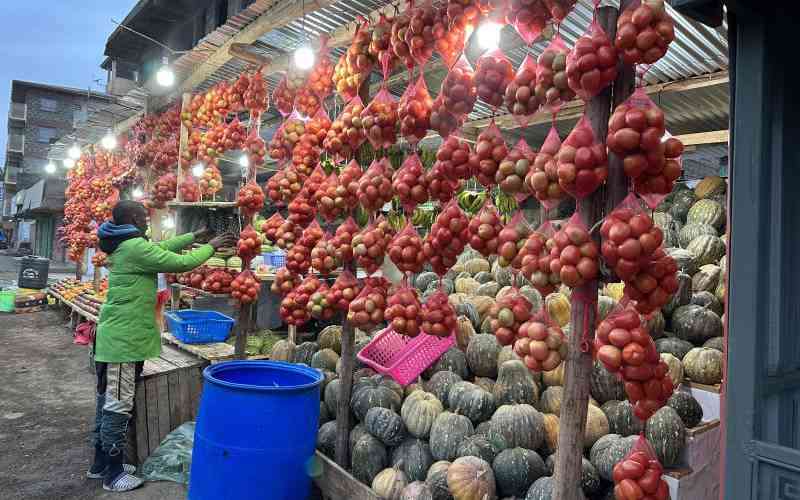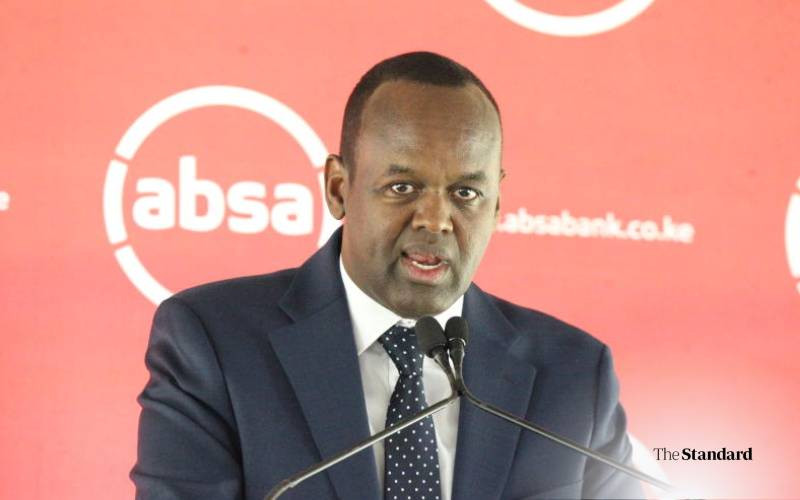
The latest projections indicate that 2.8 million Kenyans will face acute food insecurity in the coming months is worrying.
According to the National Drought Management Authority (NDMA), this number is expected to rise, particularly in arid and semi-arid lands (ASAL) counties such as Turkana, Mandera, Garissa, Wajir and Marsabit.
This marks a concerning increase from the one million affected in July 2024. In 2023, a similar crisis left 2.8 million Kenyans dependent on food aid. Unfortunately, this is not new.
For decades, Kenya and the wider Horn of Africa have faced recurring famine, with desperate cries for relief echoing each year. The region is classified as a hunger hotspot by the Food and Agriculture Organisation (FAO) and the World Food Programme (WFP), with predictions that the crisis will worsen this year.
Climate change has exacerbated the situation, making droughts more frequent and severe. When it rains, it often brings destructive floods instead of relief.
Small rivers and streams dry up during prolonged droughts, leaving thousands of Kenyans without water for livestock or farms. The increasing unpredictability of rainfall patterns disrupts traditional farming cycles, making food production even more challenging.
Agricultural resilience
The most affected are low-income rural communities, yet their plight could be mitigated with innovative technology-driven solutions. Smallholder farmers already feed over 70 per cent of Kenya’s population.
Empowering more rural residents by ensuring access to water—both for domestic use and irrigation—can be a game-changer.
Water availability is central to agricultural resilience and without it, food security will remain elusive. This is where solar-powered water solutions come in. The National Water Master Plan 2030 recognises that Kenya has not fully developed its irrigation potential, estimated at 1.342 million hectares.
Expanding small-scale irrigation using solar technology can rapidly boost agricultural productivity without massive public investment.
Unlike large-scale irrigation projects that require extensive infrastructure and high costs, solar-powered irrigation can be deployed quickly and efficiently.
Addressing water scarcity cannot be left to the government alone. Corporate, private sector players and other stakeholders must support efforts to provide water for domestic use and irrigation, enhancing food security.
Davis & Shirtliff’s ‘Improving Lives’ initiative, for instance, solarised the water pump at Kimuka Girls’ School in Kajiado County.
Stay informed. Subscribe to our newsletter
Tapping on solar energy, the school irrigates two acres of land, turning barren ground into fertile fields. This initiative has reduced reliance on costly external food sources and provided students with fresh vegetables.
For many girls from marginalised communities, Kimuka Girls’ School is a beacon of hope. Sustainable access to water has transformed the school’s ability to provide nutritious meals and maintain food independence.
Similar projects at Olooseos Secondary School and Enoomatasiani Girls’ School have successfully lowered borehole pumping costs, freeing up resources for irrigation.
As a result, students and staff now have access to fresh, nutritious produce, improving their overall well-being. Schools adopting such solutions not only enhance food security but also instill agricultural skills in young minds, creating a generation that understands sustainable food production.
The Kenya Climate Smart Agriculture Strategy 2017-2026 highlights small-scale irrigation and water management as key to fighting hunger.
Besides solar-powered water solutions, stakeholders can contribute to the country’s food security by promoting drought-tolerant traditional crops, supporting water harvesting, providing index-based weather crop insurance, encouraging conservation agriculture and fostering agroforestry and soil fertility management. Integrating these solutions, Kenya can create a robust and resilient agricultural sector.
The food insecurity crisis in Kenya is solvable, but it requires a shift from reactive emergency responses to sustainable, long-term interventions.
Investment in water infrastructure, climate-smart agriculture, and private sector participation can turn the tide on chronic hunger.
The writer is the Managing Director, Davis & Shirtliff
 The Standard Group Plc is a
multi-media organization with investments in media platforms spanning newspaper
print operations, television, radio broadcasting, digital and online services. The
Standard Group is recognized as a leading multi-media house in Kenya with a key
influence in matters of national and international interest.
The Standard Group Plc is a
multi-media organization with investments in media platforms spanning newspaper
print operations, television, radio broadcasting, digital and online services. The
Standard Group is recognized as a leading multi-media house in Kenya with a key
influence in matters of national and international interest.
 The Standard Group Plc is a
multi-media organization with investments in media platforms spanning newspaper
print operations, television, radio broadcasting, digital and online services. The
Standard Group is recognized as a leading multi-media house in Kenya with a key
influence in matters of national and international interest.
The Standard Group Plc is a
multi-media organization with investments in media platforms spanning newspaper
print operations, television, radio broadcasting, digital and online services. The
Standard Group is recognized as a leading multi-media house in Kenya with a key
influence in matters of national and international interest.















